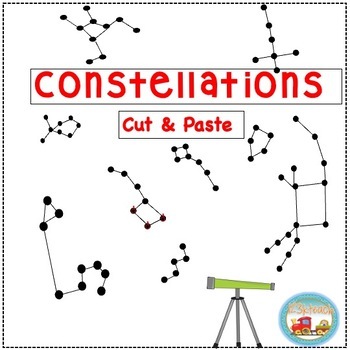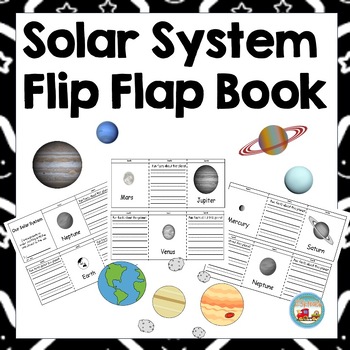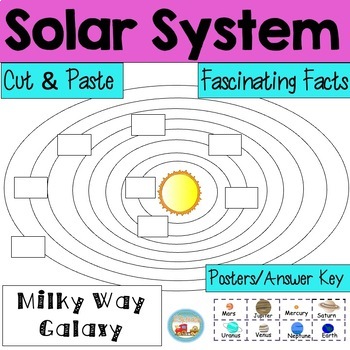Dream Activities Your students Will Be Over the Moon About

Students are naturally curious about the moon and want to explore the wonders of the night sky. If you are you looking for an easy way to explain facts about the moon and the moon phases, this may be exactly what you are looking for. The students in my class always love doing these activities and it has sparked lots of insightful conversations. These high-interest, low prep activities will explain the moon and the moon phases in such a way that students can easily make connections and understand. You can also use this as a digital resource for your students in Google Classroom. As students learn about the phases of the moon, they can follow up with this wide variety of differentiated activities.
Students will explore the moon using a mini-booklet about the moon, fact sheets, diagrams, a science experiment, and a variety of engaging worksheets and activities. You can find this resource here It has lots of positive feedback and has been used at many different grade levels due to differentiation.

In my class, I like to start off by finding out what students already know about the moon, and then ask what they are curious about and want to explore. I run off the mini-booklet in black and white for each student and show the colored version using my document camera up on our whiteboard. This way we can color it in as we discuss the various pages. I usually have the kiddos act out how the earth revolves around the sun. One student stands still in the middle of our circle and pretends to be the sun while another student pretends to be the earth. The student pretending to be the earth orbits around the sun by walking in a big circle and spinning at the same time. I explain to the students that the part of the earth facing the sun is having daylight while the opposite side is dark. They are always fascinated by this. They know that people that are living in places on the opposite side of the earth, such as in China, are sleeping while we are awake and learning at school. They learn that it takes 365 .25 days (one year) for a complete orbit around the sun. Since I teach kindergarten I don't get too technical about Leap Year as it may go over their heads. LOL! I then have another student stand up and pretend to be the moon and pretend to orbit and revolve around the earth. There are some great YouTube videos that show the phases of the moon. Here are a few pics of the mini-booklet about the moon. It is in kid-friendly language. Moon facts are explained in a way that kids can relate to. It is loaded with diagrams. I have found that giving students hard copies of these diagrams and letting them examine and color them is so beneficial as it helps make the new learning stick.

You can follow up with a fun, simple, and easy science experiment using a flashlight and a large ball. I like to use a basketball, but it can be any large ball you may have. The directions and recording sheet is included in this product. I assign a moon phase calendar to students who are curious and want to know more about the moon's appearance and how it changes in the night sky I let these students know that sometimes we are unable to see the moon due to the heavy clouds. At the end of the month, students can bring in their calendars and discuss their findings. One of my favorite books to read is called, "I'll See You When the Moon Is Full." It is an endearing story about a young boy who wants to know when his dad will be back from his business trip. His dad replies, "I'll see you when the moon is full." The boy anxiously waits for his dad's return while noticing the changes in the moon each night.
Here are some pics of these pages.
To be sure that students are fully understanding, they will need lots of additional practice. I especially enjoy having my students do the phases of the moon cut and paste activity. I also demonstrate it using the moveable pieces on the whiteboard using Easel from Teachers Pay Teachers. There are several different options for differentiated instruction. Using these fact sheets, diagrams, and worksheets, students will learn about the following:
•moon surface
•moon size
•moon temperature
•moon's gravitation
•distance from the earth
•phases of the moon
•first landing on the moon
My hope is that your students are over the moon about the activities you choose to do with your students. If you like this product, click here to learn more.
You may also like the following Night Sky Products from my Teachers Pay Teachers Store. If you find something you like and want to know more about, click on the pictures below and it will give you a direct link.










No comments:
Post a Comment